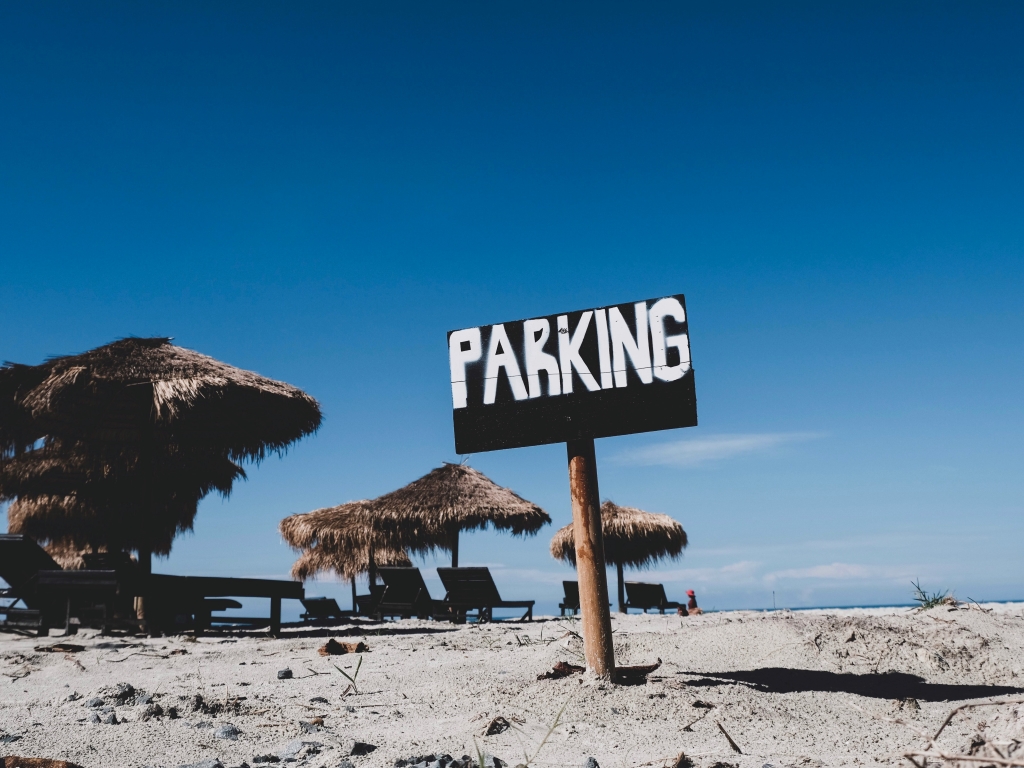June 13, 2023
There are many international and bilingual schools in the Costa del Sol. Most of the international ones are British, but there are also American, French, German, Swedish, Danish and Norwegian international schools. In this post we’ll take a closer look at them and talk about how they differentiate from their cousins, the bilingual schools.
Table of Contents
What are international schools?
International schools are those that follow an educational curriculum other than the one defined by the country where they are established. So, for instance, if a school in Spain follows the British curriculum instead of the Spanish curriculum, this is an international school, and it will prepare students to apply to a British university, rather than to a Spanish one.
International schools can either be private or “public”, this last one meaning that they are maintained, at least partially, with funds provided by the country whose curriculum they follow. These are not to be mixed with local public schools, as the public international schools follow international guidelines. For example, an American public school in Spain would follow American enrollment procedures and curriculum, would bear no relation to the Spanish public education system and would respond to the USA government instead.
The public international schools exist first to serve the children of government related temporary expats, such as diplomats or the military, while the parents are serving the country abroad. These international schools tend to accept the enrollment of other children, as long as there are spots left. While they can be free of charge for the government related families, they tend to charge from the other families.

Difference between international schools and bilingual schools
The difference between international schools and bilingual schools is that the international ones follow a foreign curriculum, while the bilingual schools follow the local curriculum but teach at least some of the subjects – usually about half of them – in a language other than the local one.
The international schools tend to teach in the language of the country whose curriculum they follow and to have teachers from that country, even if not all of them. Bilingual schools tend to have mostly local teachers with a high level of proficiency in both languages taught at the school.
Which is better, international school or bilingual school?
This really depends on the plans of the family. If the family plans to stay in Spain temporarily, such as one or two years, the international schools may be better, as it would allow continuity in the education of the kids.
Opting for a local bilingual school would implicate a change in curriculum; this would mean that the student will stop studying history and geography of their country and study history and geography of Spain instead. There may be differences in other subjects as well, as the distribution of math and science contents through the grades can vary from one national curriculum to another. So, even though this change could offer some broadening of knowledge, it could also lead to some loss of content which can impact the student’s educational life once he or she goes back to their original curriculum.
On the other hand, if the plan is to move permanently to Spain, a bilingual school could be a better choice for adaptation to the new reality. Considering this student may go to university in Spain in the future, knowledge of the local curriculum is key. A bilingual school is better suited to provide the local curriculum than an international school, while at the same time keeping the original language and adding the new one.
If you opt for a bilingual school, contact the public schools in your chosen area, as some public schools in Spain are actually bilingual, but do not emphasize this information on their webpages.

IB and A levels
Instead of national curricula, some schools opt to follow the IB curriculum or the A-level curriculum, which are essentially, broad curricula aimed to fit culturally diverse groups.
The IB curriculum was created to be a truly international curriculum and is usually associated with the USA, as it has been adopted by many public and private schools in that country. It is not exclusive to the USA, though, as schools following the IB curriculum can be found in many other countries.
A school that follows the IB curriculum can be considered an international school, because their curriculum would be compatible with the curriculum of schools abroad, and therefore allow for continuity in education. Nevertheless, the IB does not need to be taught in English, and Spanish is one of the other languages in which IB can be taught; therefore, a school which offers IB curriculum may or may not be a bilingual school.
A-level curriculum, on the other hand, is associated with the British curriculum and with the curricula of countries that were part of the British Empire. It is generally taught in English. Schools that follow the A-level curriculum tend to be British international schools; they can be bilingual if they add a second language to some of their classes besides the foreign language classes themselves.
What to look for when choosing either an international school or a bilingual school
Are they really what they say they are?
International schools tend to charge more than bilingual schools, which in turn charge more than regular private schools. So, the temptation to add ‘international’ or ‘bilingual’ to their titles is high.
Besides, the school websites are often made by web design companies, that choose words to help rank high on google without realizing or caring that these words actually hold meanings that may not apply to that particular school. The school personnel may not use their website on day-to-day affairs, but instead have it only as a marketing tool – and so the misinformation spreads.
Confirm what their websites claim before enrolling by asking a few key questions:
– For international schools, ask what curriculum they follow, even if it is clearly stated on their websites. Check also what subjects are taught in each language.
– For bilingual schools, ask what subjects are taught in each language, to make sure they are not teaching everything in Spanish except for the English classes.
True international or bilingual schools should be able to answer those questions easily; the ones that are using the term inappropriately would not. In Spain, teaching English is mandatory from primary school; so, if a school claims that they teach English, they are just stating the obvious; that is not enough to qualify a school as bilingual.
Some schools claim they are bilingual because they offer Cambridge certification exams – but that doesn’t mean they speak the language in any other class besides the English class itself. On this matter, check our experience with schools in Spain, as we have fallen into that pitfall with our first school choice.
Do they offer ‘Spanish for foreigners’ courses?
Some international or bilingual schools do take in consideration that some of their students are foreigners and therefore include extra classes of Spanish language for them. More than the reputation of the school itself, the availability of Spanish language for foreigners classes can have a great impact in how well your child will be able to adapt and develop if the child is already older than 6 or 7 and doesn’t speak Spanish.
What documents are required from foreign students to enroll?
Once you have narrowed down the list of suitable schools, write to them to ask what documents they expect from you to enroll. They are likely to require previous school records, particularly for kids on and above the age of 12; ask if you need this document apostilled, as it is much better to travel to Spain with these documents ready. Include information about where you are departing from and the age of the kids to get a better answer.
If you opt for a bilingual school, check the pages choosing the right school for your kids, and the Spanish school system – a guide for expats, for more important information about Spanish schools.
List of international schools in Malaga, Costa del Sol
You’ll find below a list of international schools in the Costa del Sol with links to their websites, divided by city and curriculum. This is a complete list of all international schools in the Costa del Sol that abide by the following criteria: 1) have a website; 2) are listed on google maps; 3) claim that are international and 4) inform what curriculum they follow on their sites.
List of bilingual schools in Malaga, Costa del Sol
You’ll find below a list of bilingual schools in the Costa del Sol. There are many more schools that claim to be bilingual in the Costa del Sol, and there are also public schools that are bilingual but don’t mention it. All schools listed here are private. The information provided was taken directly from the bilingual school websites, but I excluded the bilingual schools that don’t specify what language besides Spanish is used in class to help keep the list real. I strongly recommend double-checking what classes are taught in each language before opting for any bilingual school, to make sure the school is not calling themselves bilingual just because they offer English language as a subject.
| City | School | Language | Ages |
| Malaga | MIT School | English | 2-18 |
| Malaga | Sierra Blanca El Romeral | English | 0-18 |
| Benalmadena | NovaSchool Benalmádena | English | 0-12 |
| Marbella | Las Chapas | English | 0-18 |
Next: Buying a car in Spain






